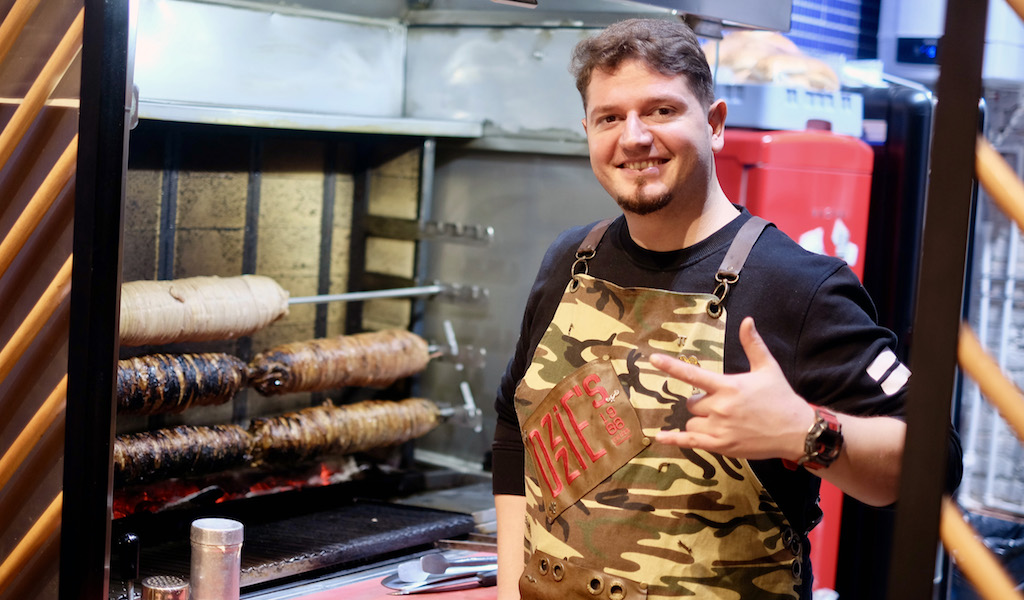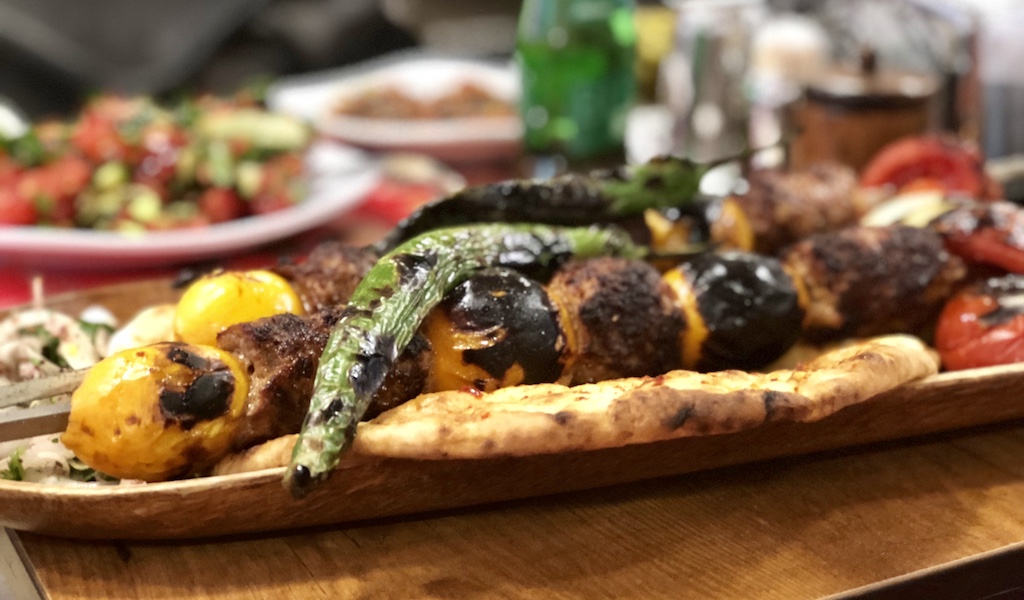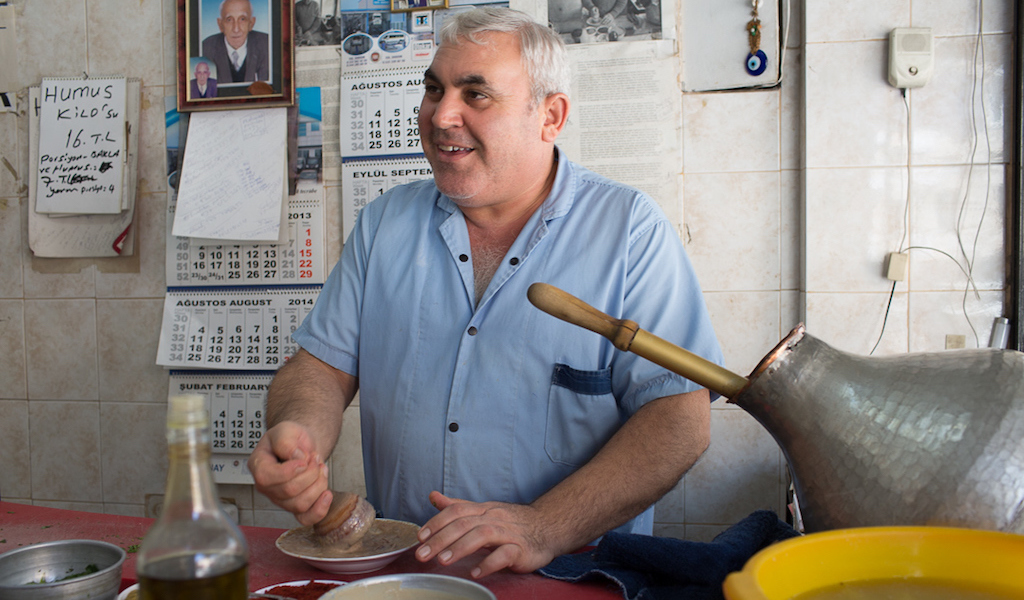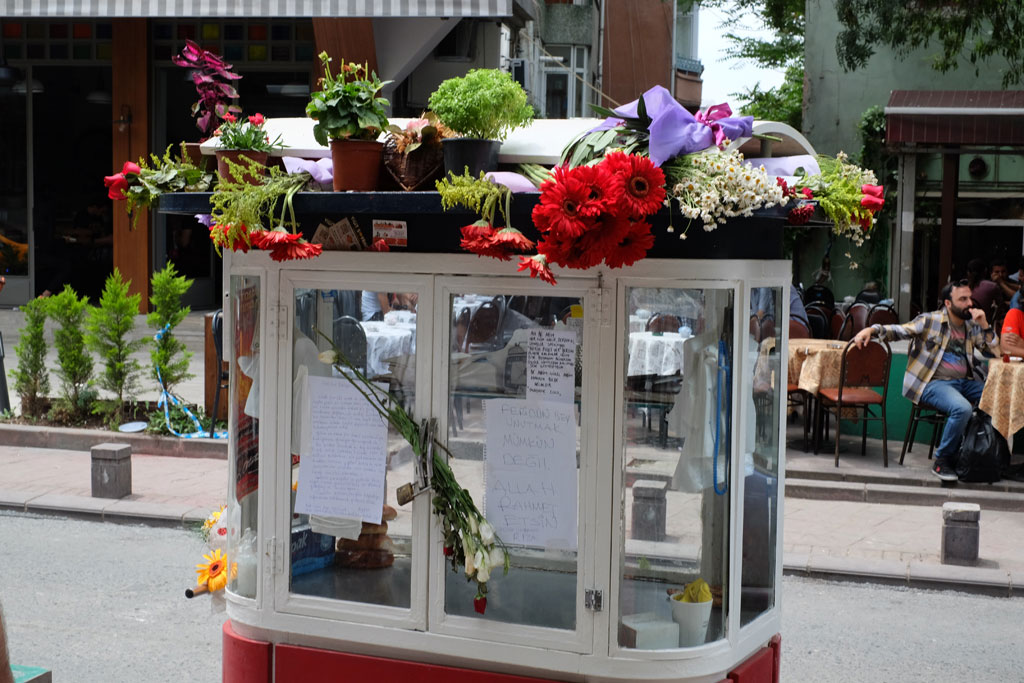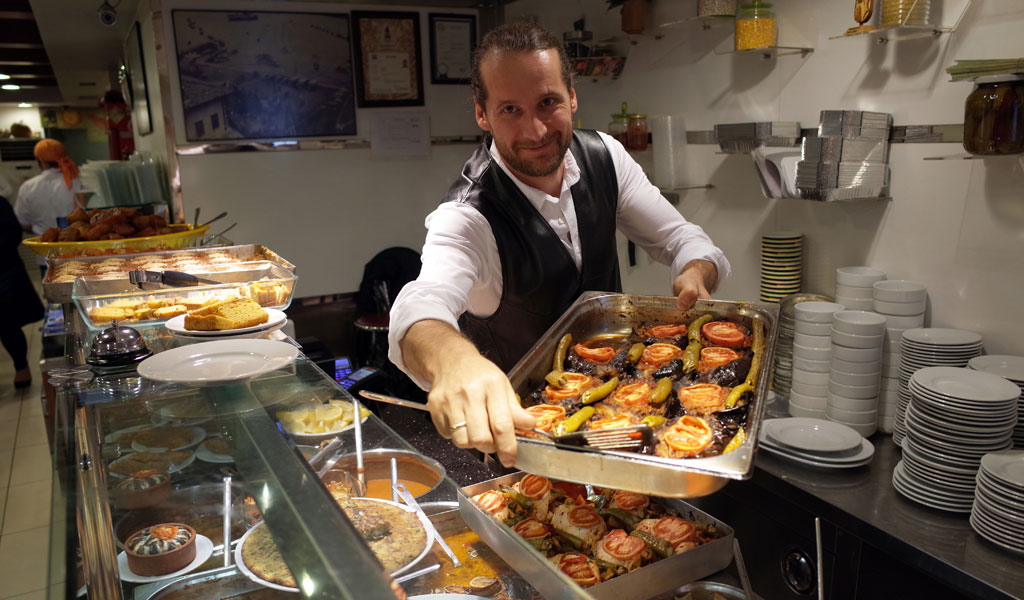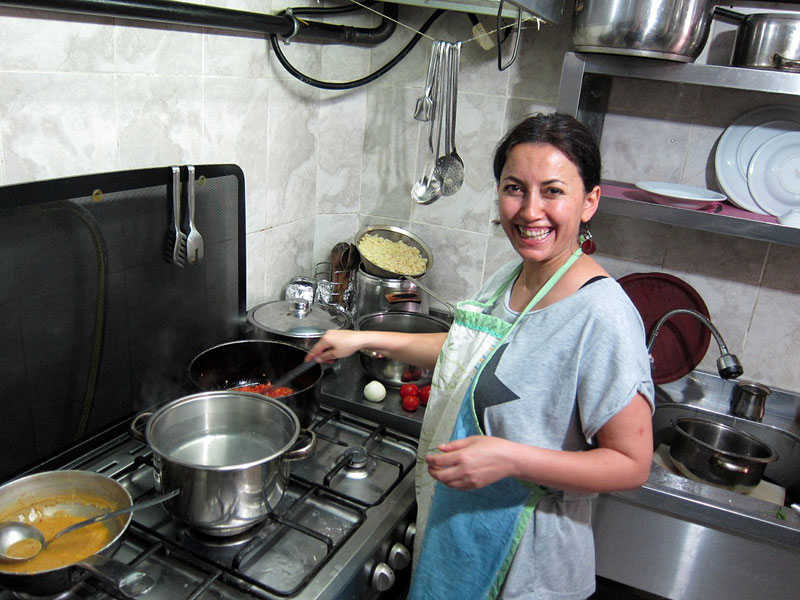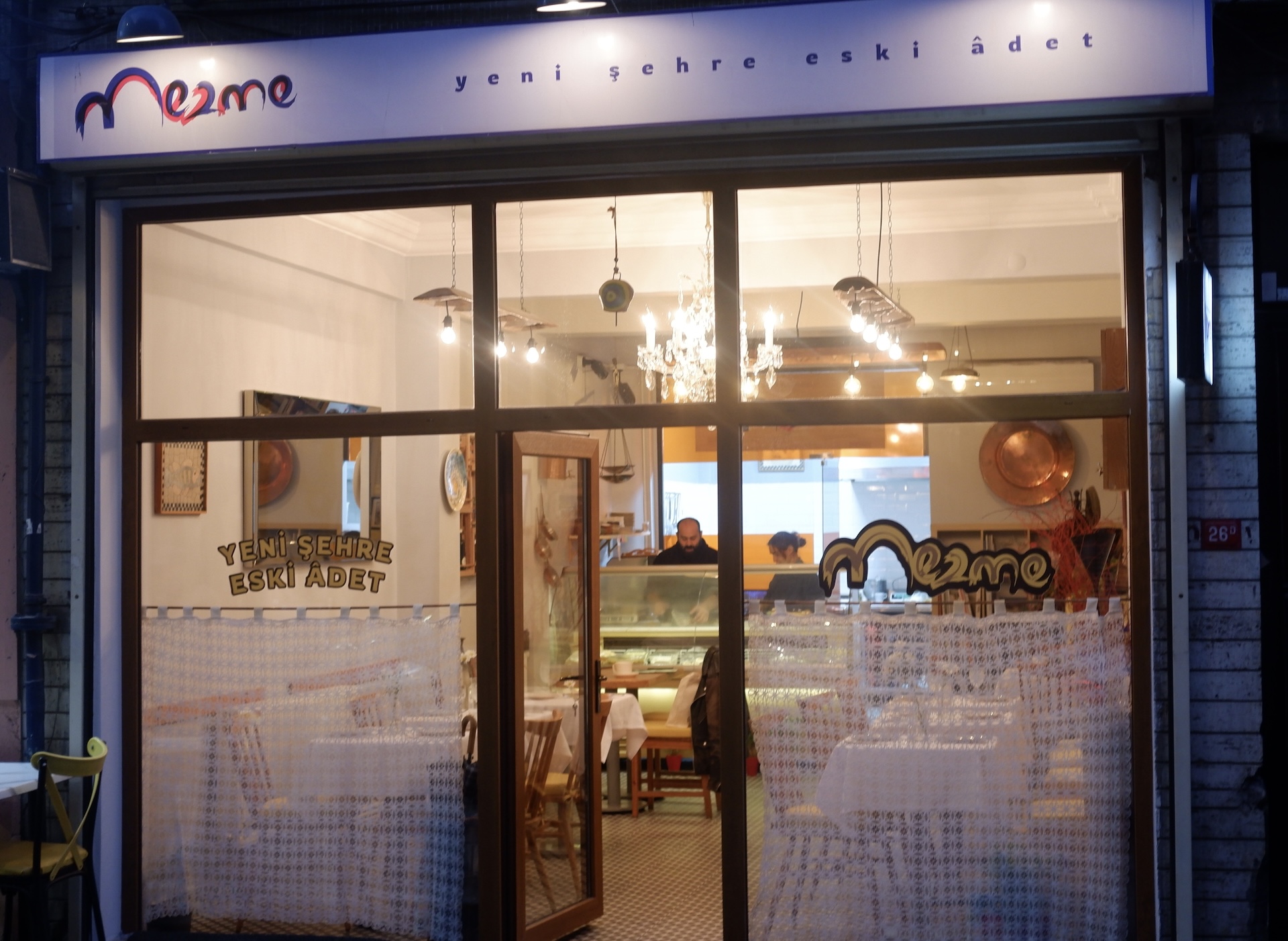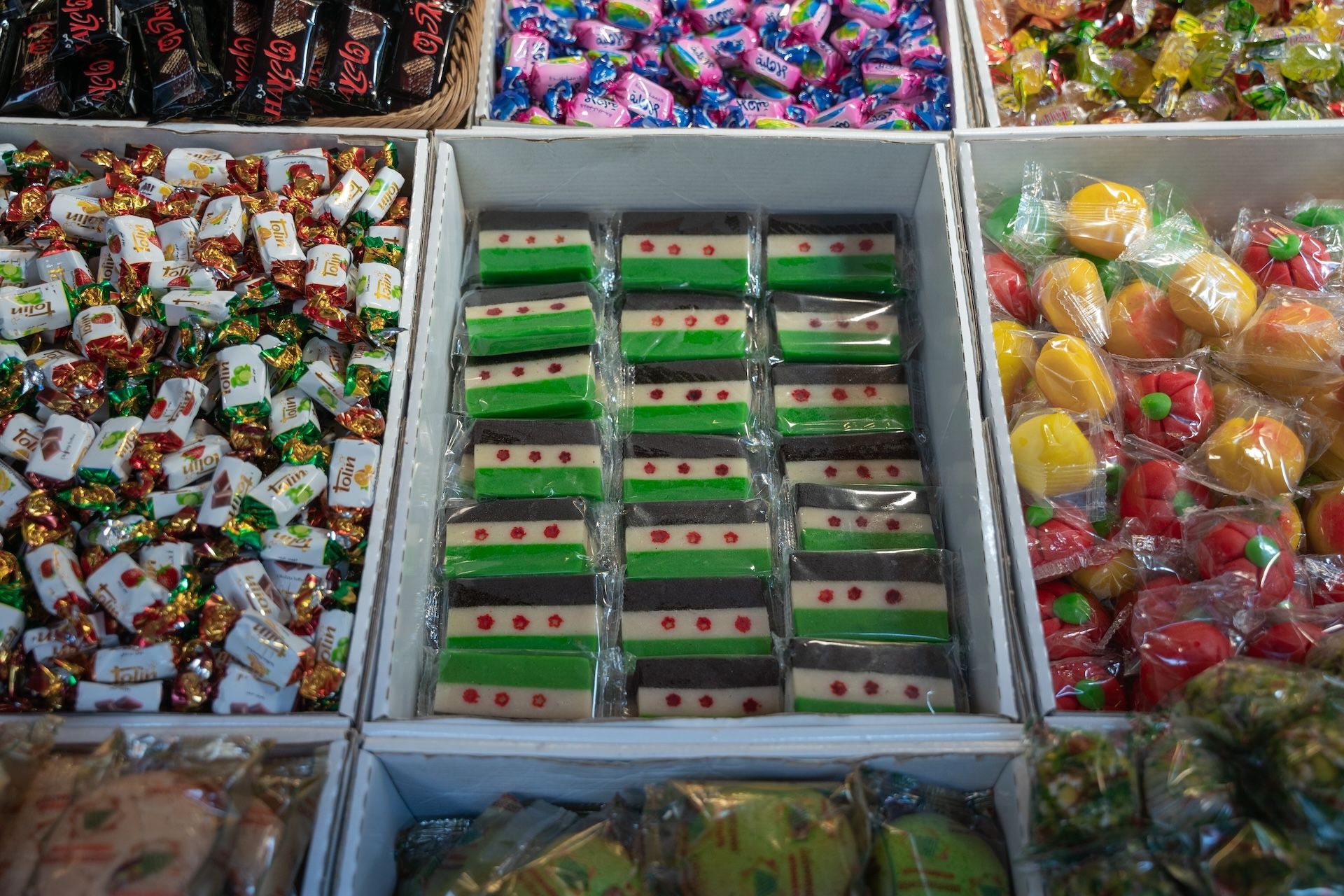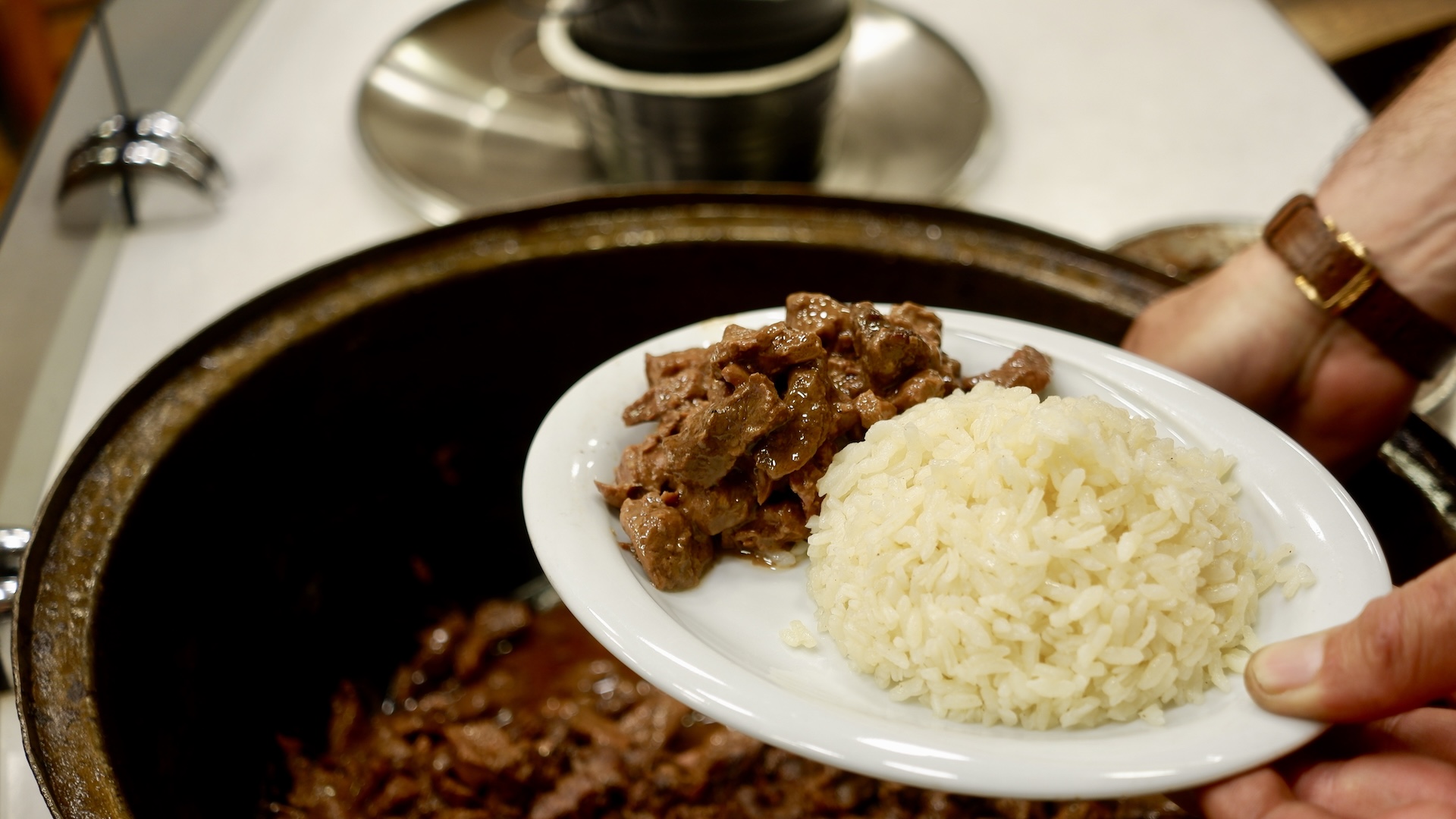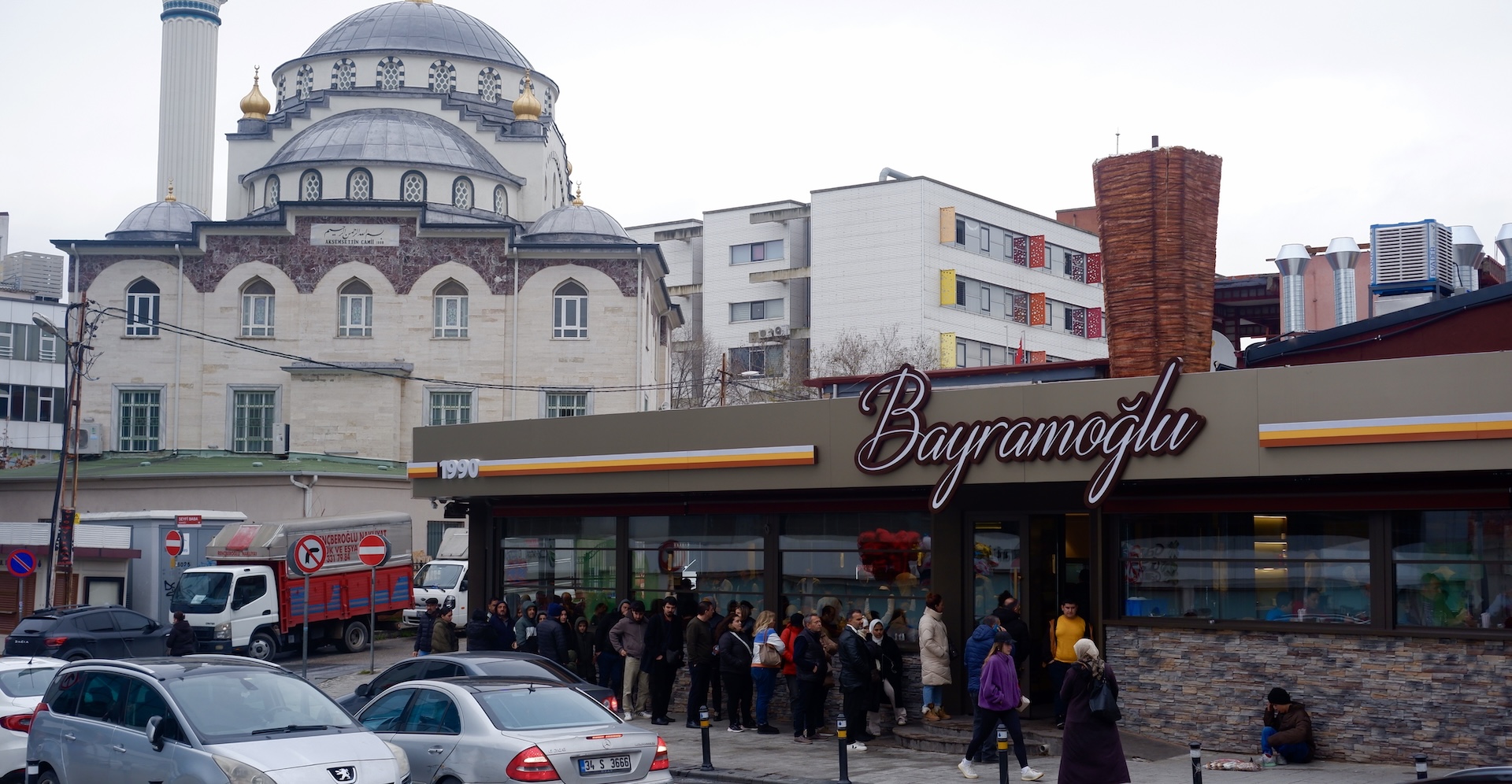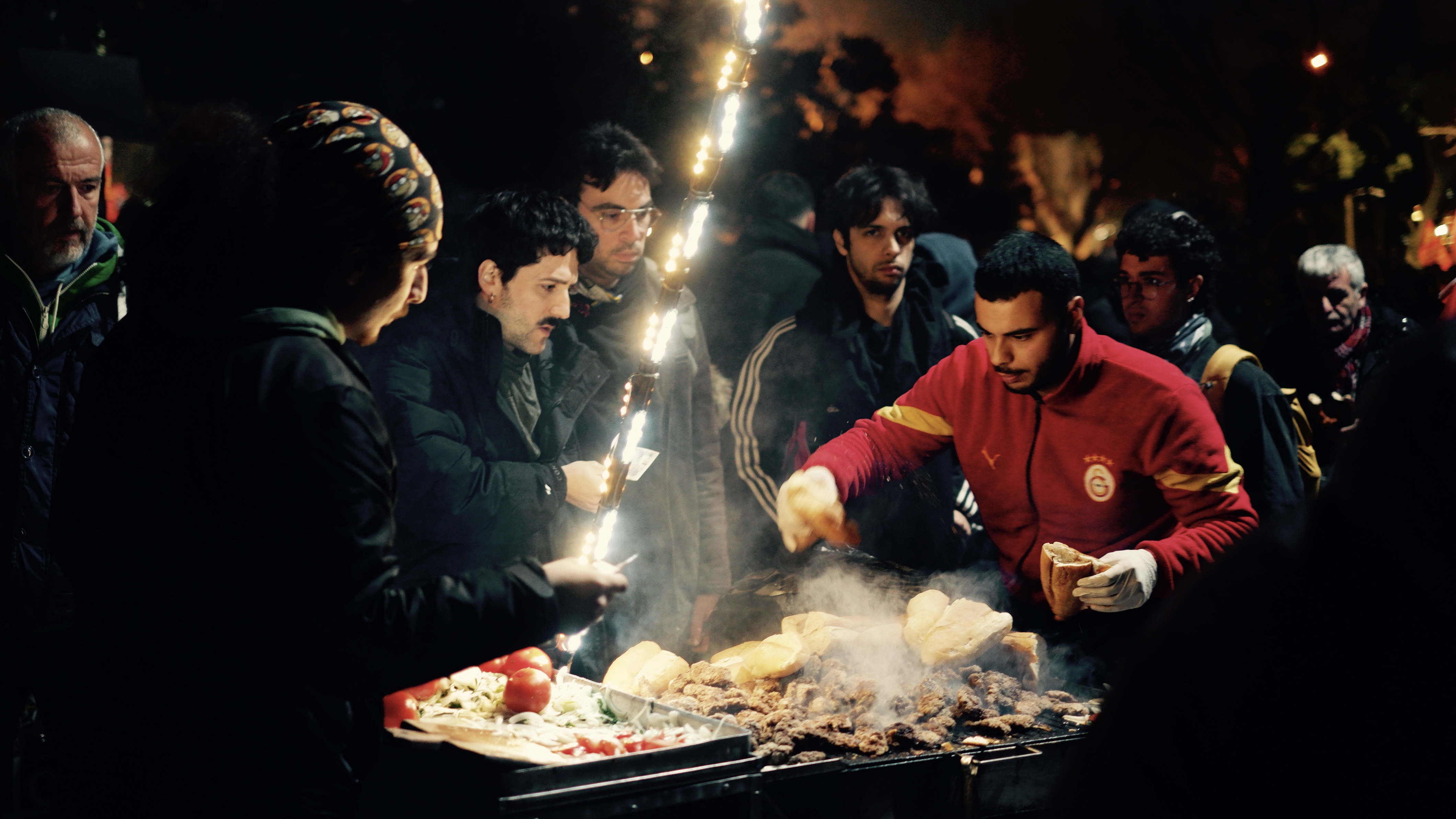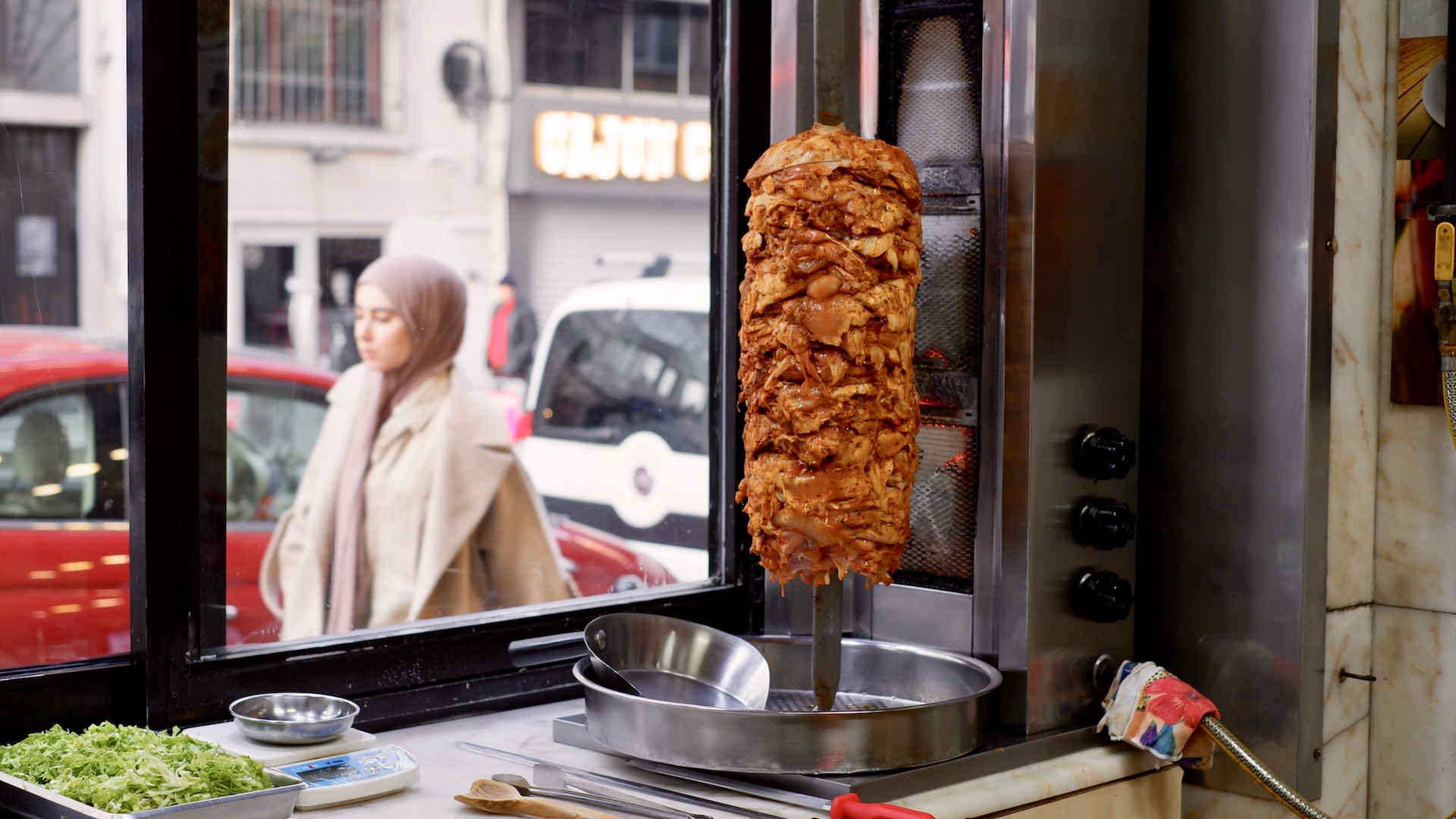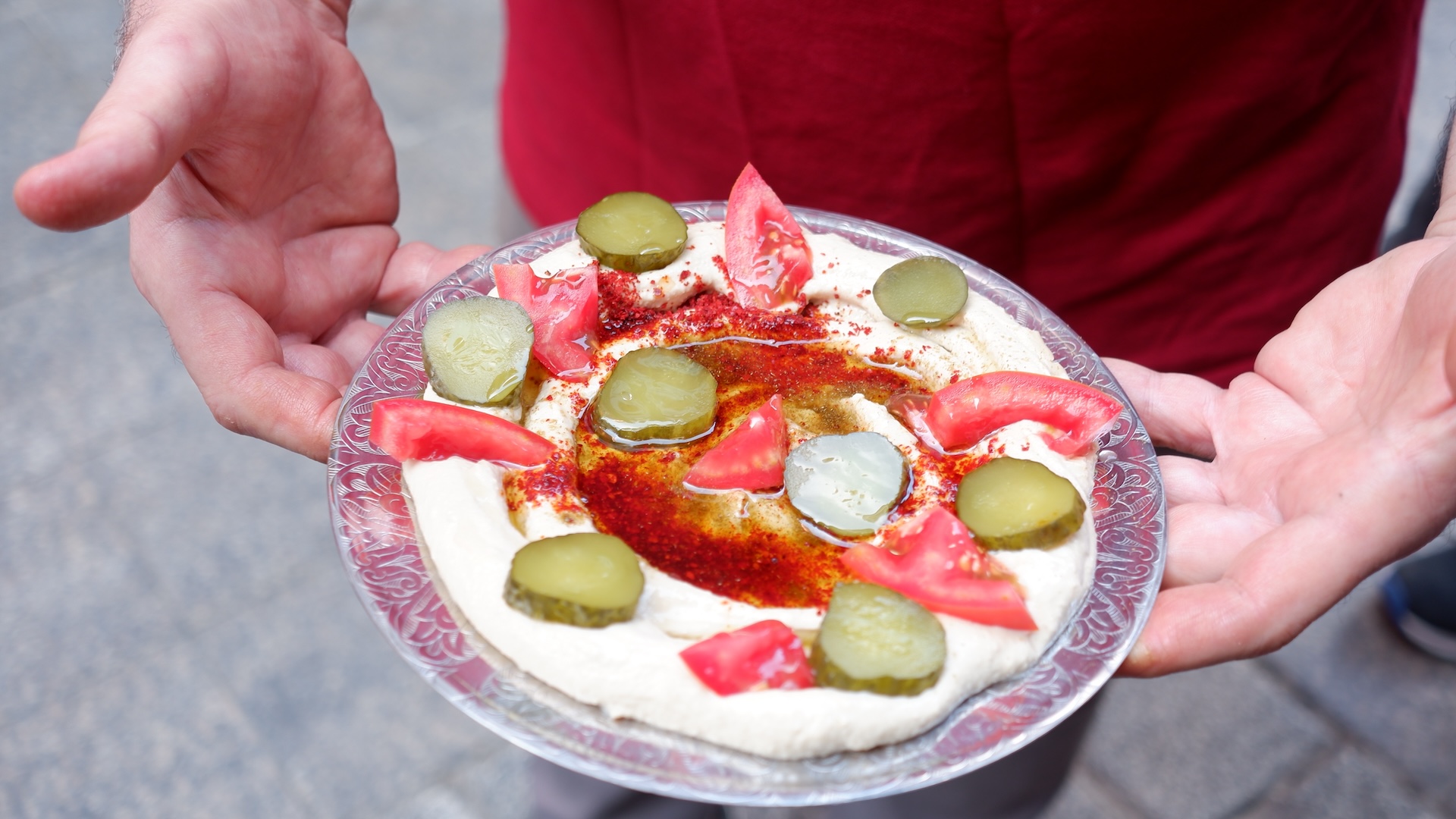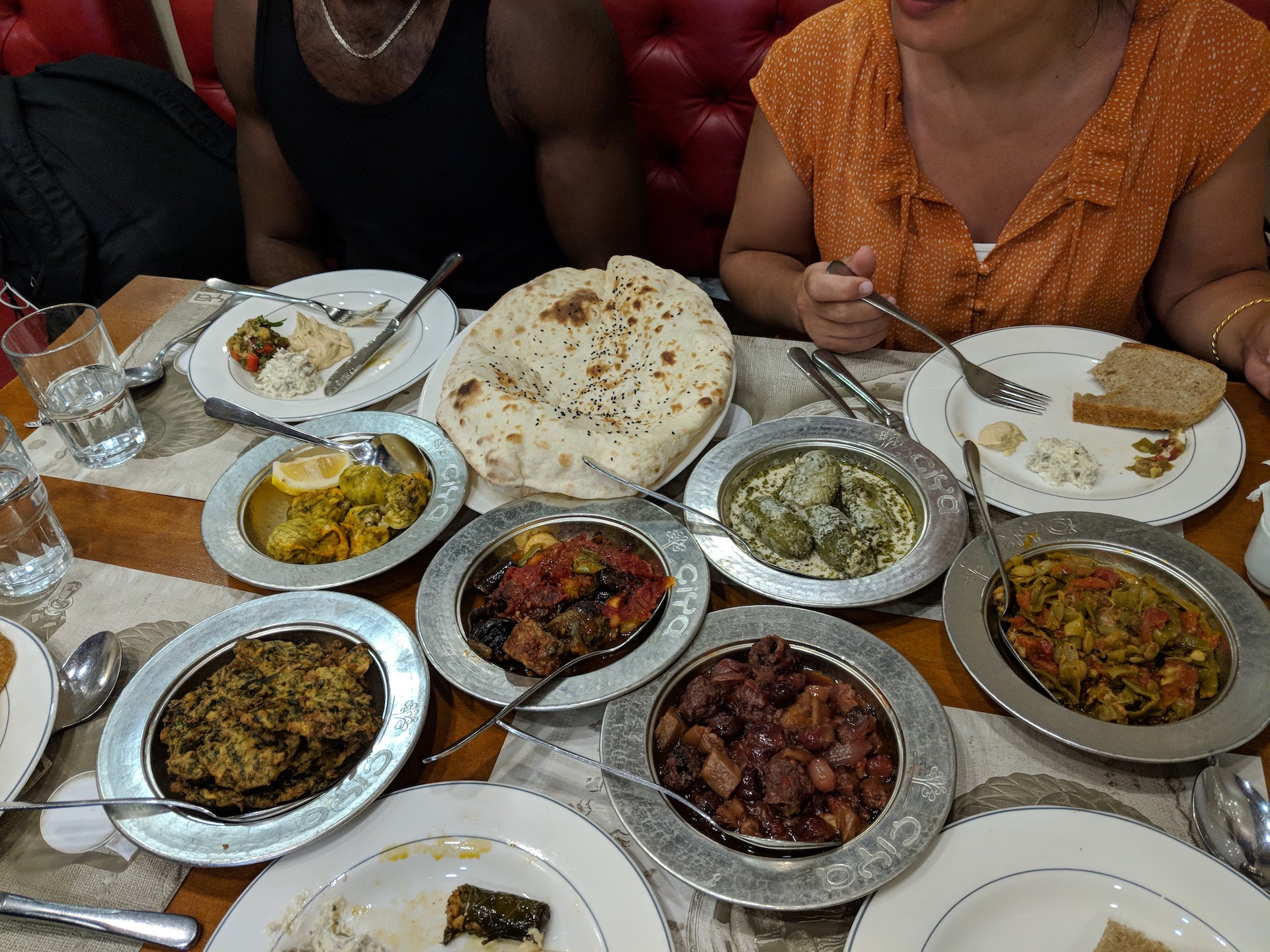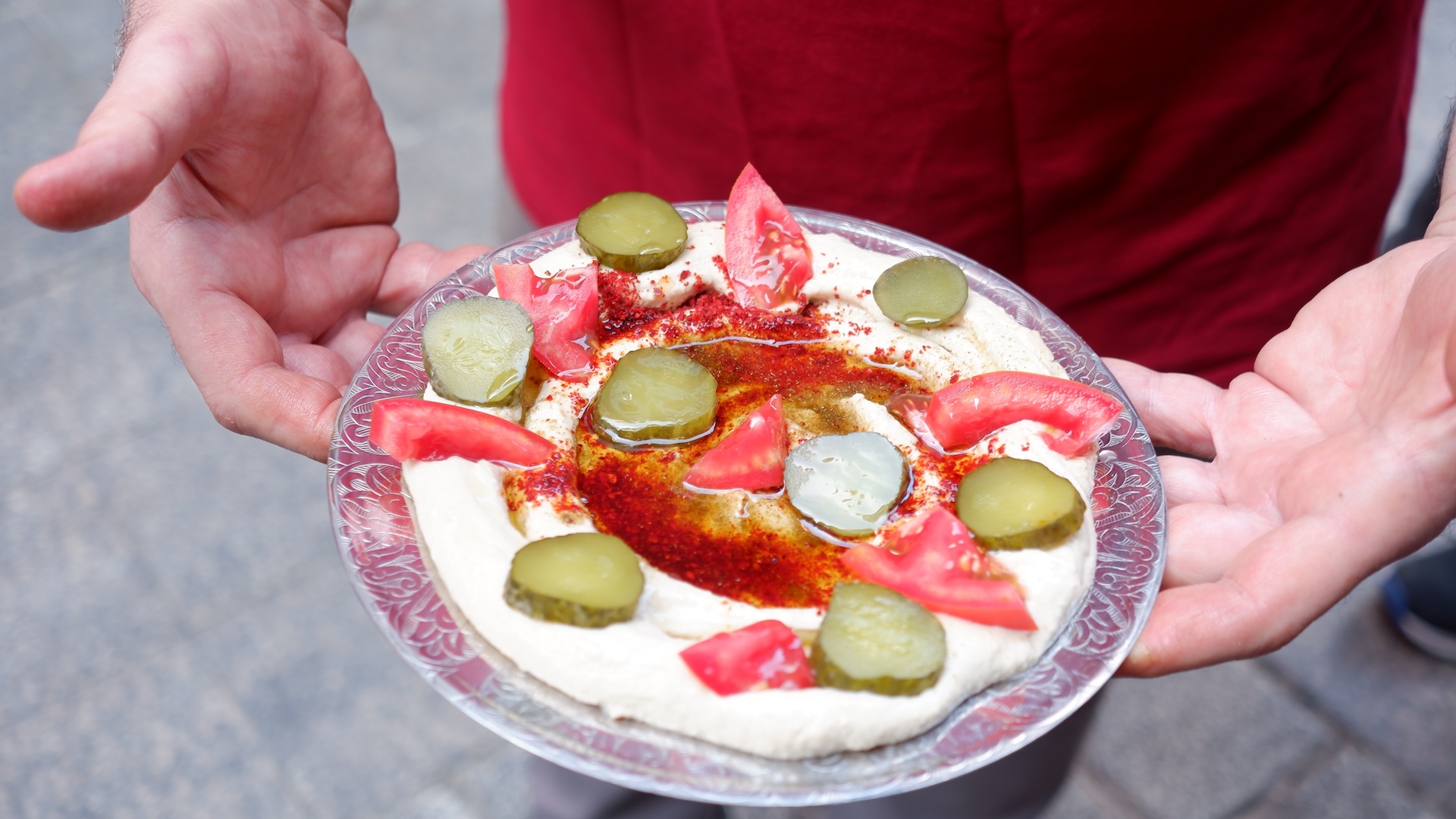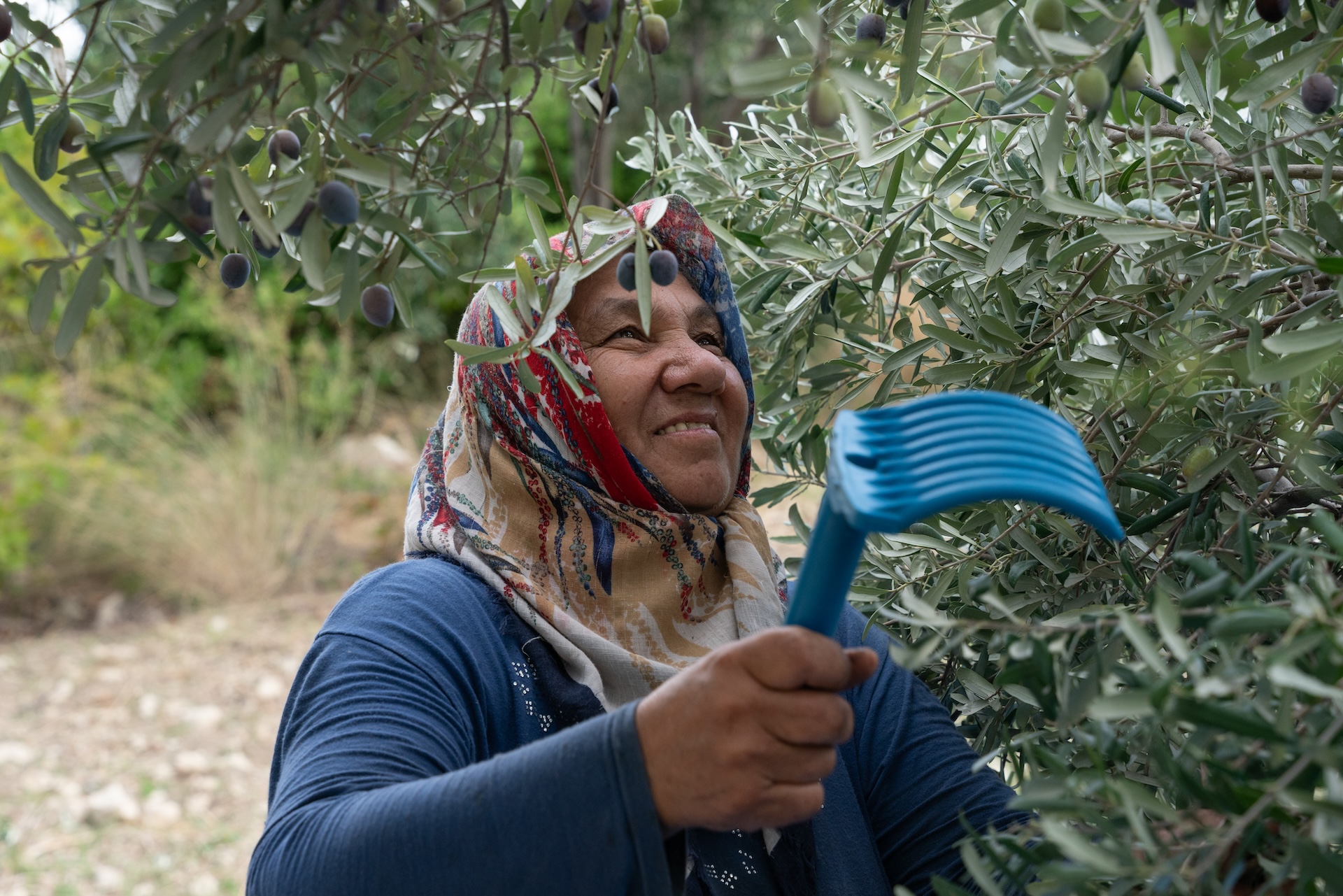We can't find the internet
Attempting to reconnect
Something went wrong!
Hang in there while we get back on track

Istanbul
Istanbul's culinary record
Though we’ve witnessed changes, many things remain intact. The city is still a simmering synthesis of delicacies and delights from all over, many of which are within a convenient arm’s length. If we have an inkling for Erzurum’s çağ kebabı, Trabzon’s kuymak, Adana’s bicibici, Mersin’s tantuni, or Hatay’s humus, we know where to go, and we can be certain beyond a reasonable doubt that the person making the object of our desire in that particular moment isn’t going anywhere anytime soon.
Get the Full Story →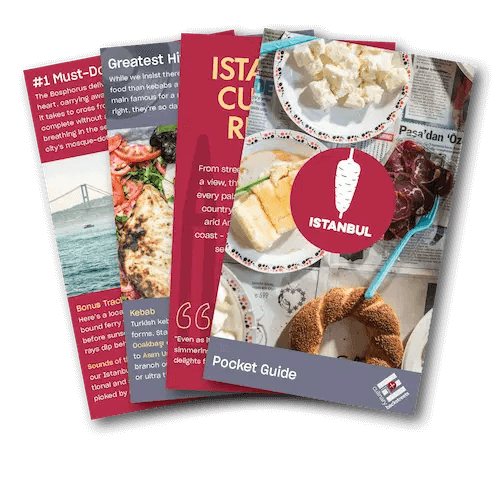
Get Your Free Istanbul Pocket Guide
Introducing our pocket-sized Istanbul guide — perfect for your next culinary adventure. Yours free when you sign up for our newsletter.
Get Your Free Istanbul Pocket Guide
Introducing our pocket-sized Istanbul guide — perfect for your next culinary adventure. Yours free when you sign up for our newsletter.
Istanbul Videos
Istanbul Videos
Your Questions, Answered
Istanbul is located in northwestern Turkey and straddles the Bosphorus Strait, which provides the only passage from the Black Sea to the Mediterranean, via the Sea of Marmara. It is Turkey’s most-populated city, with around 15 million people. Istanbul, formerly Constantinople, is known for its ideal geographic position between Europe and Asia, which has become a common metaphor for describing both its history and culture.
A historic capital of great empires and civilizations, Istanbul is rich in arts, history, culture and cuisine. The best things to do in Istanbul can be as glamorous as chartering a Bosphorus boat cruise to visiting the city’s most iconic sites – such as the Hagia Sophia, Topkapı Palace and Galata Tower. We suggest starting each morning with a long Turkish breakfast before setting off to sightsee. Stroll through the Spice Bazaar and its surrounding chaotic streets, cross Galata Bridge into Karaköy for baklava and a fish wrap, scour shops for Turkish towels and ceramics as you climb Galip Dede St to arrive at Istikal Ave and Taksim Square. The city’s dining scene has much to offer, and we’ve chronicled much of it here. Istanbul makes a great base for trips to the Princes’ Islands as well as a launch point for other wonders like Cappadocia and Ephesus.
The best times to visit Istanbul are from March-May and between September-November. That’s when crowds at the city’s attractions are manageable, room rates are average and daytime temperatures generally sit in the high 60s and 70s F.
In Istanbul, the summers are hot and humid with clear skies and generally no higher than 90 F. Winters are mild, though often rainy, with temperatures rarely below 30 F. Snow may fall one or two days in a year. Spring and Fall are beyond pleasant, with temperatures in the high 60s and 70s.
When compared to many major cities in the world, especially in Europe, Istanbul is quite cheap. You can have a full Turkish breakfast for one person from €5 to €10, and many of our favorite eateries serve meals at less than €8 a person. The average price for a three-course meal for one person at a mid-range restaurant for lunch & dinner would be around €10. A cup of coffee is €1.5 and a draft beer about €2.5.
Compared to other cities of its size, Istanbul is very safe. Turkish people are known for their hospitality and are extremely welcoming of foreigners, though we encourage reading up on accounts from travelers of different minority groups. Violent crime in the city is rare, though petty crime such as pickpocketing can be a nuisance in high-tourist areas.
From street food stalls to sit-down restaurants with a view, there is no shortage of options for every palate and budget. While many may already know about Istanbul’s famous kebabs (like döner and Iskender), other classic dishes include lahmacun, simit, meze and an array of phyllo-based desserts like baklava. Turkish breakfast is an institution in its own right, and should never be passed over.
Istanbul is a big city and it has plenty of different areas to choose from, each of them with its own charm and advantages. The best area in Istanbul for first-timers and families can be the historic old town of Sultanahmet, with easy access to sites like the Hagia Sophia and Blue Mosque. For those hoping to be in walking distance of restaurants, bars and nightlife, Beyoğlu or Karaköy are ideal.
Turkey’s vaccination rate is at about 62%. Masks are no longer required and no specific mandates are in place, but be sure to check on vaccination requirements for international arrivals.
Turkey does not require American passport-holders to have a negative PCR test if they can provide proof of vaccination and are not arriving from a high-risk country. American passport holders can obtain a 90-day visa to Turkey on arrival at the airport, or an e-visa online at: www.evisa.gov.tr/en/apply.
You can fly directly to Istanbul from many locations worldwide, either into the new Istanbul Airport (IST) on the European side or Sabiha Gökçen (SAW) on the Asian side. Turkish Airlines is among the top five airlines with the highest number of destinations in the world.
Istanbul has a very diverse dining scene from the traditional to the trendy, and it changes daily. You can check out our Top 10 essentials list for our tips. But the hearty dishes at Çiya Sofrası and the classic, consistent baklava at Karaköy Güllüoğlu can’t be beat.
Istanbul is surrounded by both the Marmara and Black Seas, which are linked by the Bosphorus. Even though Istanbul is not known as a beach city, there are a number of public beaches: Florya, on the European side of the city; the Caddebostan area, on the Asian side; Kilyos, on the Black Sea coast; and each of the four Princes’ Islands in the Marmara Sea. These beaches are free to use, though chaise lounges can be rented at private beach clubs.
Istanbul is a diverting city with much to do, and eat, for children of any age. Though the city’s cobblestone streets and crowds can make walking with a stroller difficult, there are a growing number of wide, paved pathways for meandering along the Bosphorus. People in Turkey love kids and babies, and you can easily find restaurants with a designated “aile salonu,” or family room, with a small area for children to play.







